We highlighted the importance of planting trees in a recent sustainable gardening article but they most definitely merit a post all of their own.
According to One Tree Planted, the US non-profit focused on global reforestation:
“Because trees use carbon dioxide to build their trunks, branches, roots and leaves, they are natural carbon absorbers and help to clean the air. In fact, one mature tree can absorb up to 22lbs per year during their first 20 years of growth!”
However, to put this into context, research by Viessmann has identified that:
“In order to offset the CO2 produced by an average UK citizen's food consumption in one year, 70 new trees would need to be planted. To put this into context, just 30 minutes of watching Netflix on your TV or device each day requires nearly 60 trees to be planted to become carbon neutral.”
Those are some very scary numbers but it highlights the importance of us all doing what we can and trees are one of the best solutions to tackling the climate crisis.
Early autumn to early spring is the perfect time of year to plant too, so in this article, we want to explore how and why we should all be planting more trees in our gardens for 2023.
Why should we plant trees in our gardens?
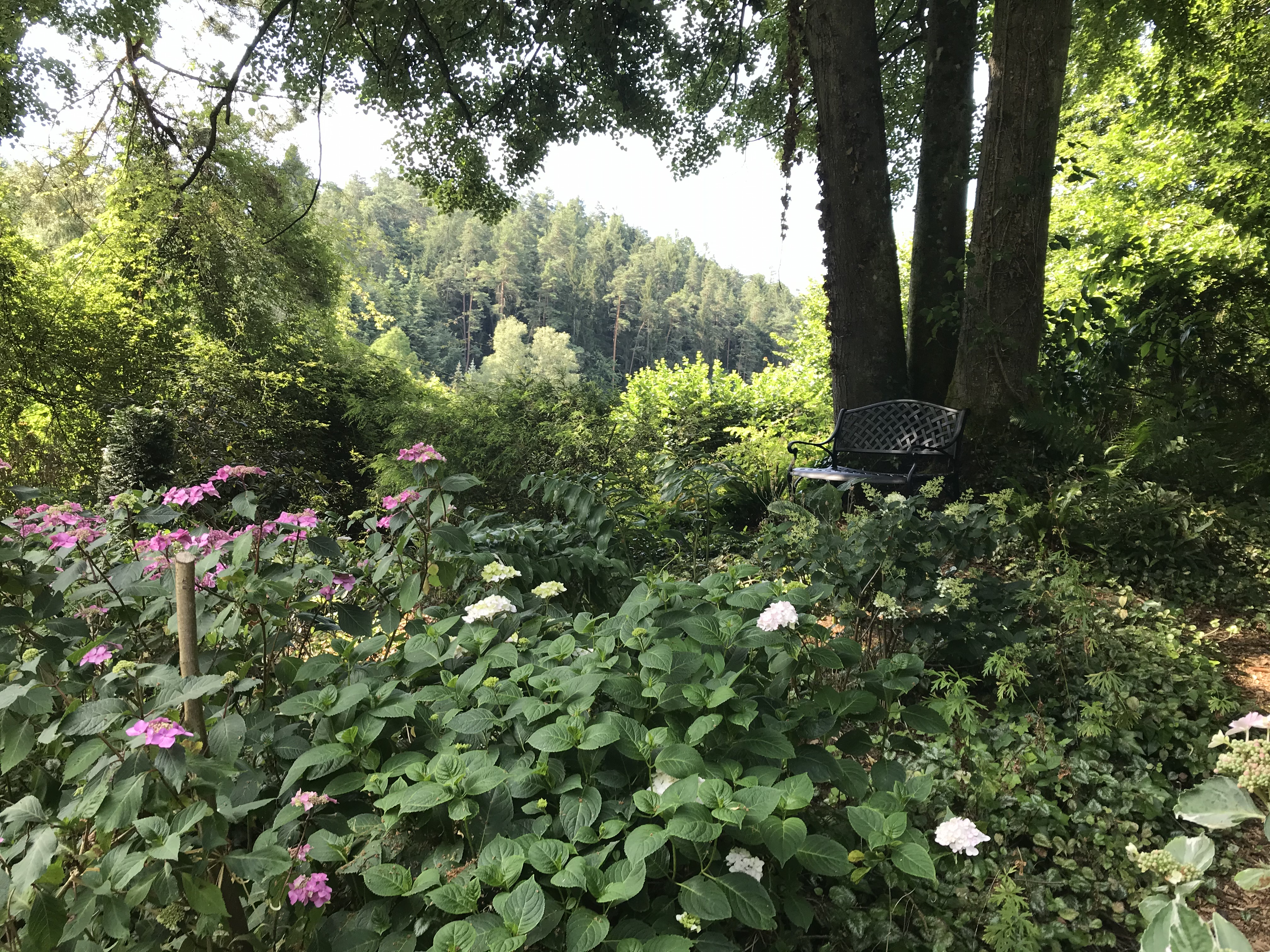
Trees are nature's sponges, and we all know they absorb carbon dioxide (CO2) and release oxygen back into the air, however, they also do much more than just that, and there’s a whole host of other reasons why we should be planting more in our gardens:
- Trees absorb pollution
- Trees help combat climate change
- Trees provide shade and protection from the sun
- Trees can protect your home from wind and rain
- Trees help improve the soil in your garden
- Trees help reduce noise
- Trees create privacy
- Trees contribute to improving health and wellbeing
- Trees look great
- Trees make a great focal point in garden design
- Trees create free mulch
- Trees attract and provide food and a home for wildlife
When it comes to planting trees, it is best done between October and April, so as this post is published at the end of September, the window is short but the next few weeks or so is a perfect time to get the spade out.
The weather is still mild, the sun is still shining (mostly). You want to avoid planting in waterlogged soil though, so as long as the rain holds off, we are good to go.
Do your research before planting new trees
Planting new trees and shrubs is not a difficult job as such, however, it is one that you need to get right from the off to give them the best start.
The key things to consider when looking at purchasing a new tree to plant are:
- Root size and health
- Preferred climate and environmental conditions
- Soil conditions
- Purchase size
- Growth rate and mature size
- Value to wildlife
- Aftercare and maintenance
- Source i.e. is it UK & Ireland Sourced & Grown (UKISG)
- Canopy size and health
- Suitability for your garden
- Retailer reviews and guarantees
I’m sure there are a few things we’ve missed off the list but you get the gist. It pays to do a little research before you buy rather than just popping to your local garden centre, buying the first thing you see, and popping it in the ground.
Take a little time to think about what you like, where you want it to go, and the environmental conditions (e.g. soil, the microclimate in your garden, etc). Also, consider what is also important and will work/fit in the space you have (e.g. shade, privacy, attracting wildlife, etc).
What type of tree to buy
You have a few options when considering what type of tree to buy, and obviously, the more mature/bigger, generally the more you'll pay. The main methods of supply in the UK are as follows:
- Bare Root
Lifted from the ground while dormant and supplied with no soil, bare root trees are generally cheaper than container and root balled trees but they are only available in the wintertime. They are best planted immediately but if need be you can pop them in a bucket of damp compost but don’t let the roots dry out and plant them as soon as the weather permits. - Root Balled
Root balled trees are often wrapped in burlap and only available in autumn and wintertime. They should be planted immediately, but if this is not possible, then they can be “heeled in” (temporarily planted in the soil to prevent the roots from drying out) until planting is possible. - Container
You’ll generally pay more for container-grown trees as they can be planted at any time of year, left in the container for a few extra months if need be, and are much easier to care for if planted in autumn as they'll need less watering. Grown in a pot for about 1 year, they should come with a good root system.
Personally speaking, I've always found container-supplied trees to be the most healthy. In my own garden, they've established well and flourished.
However, I know other keen gardeners here at Lazy Susan will argue that root-balled trees are a safer bet as they've been grown in the open ground so they transfer better.
It doesn’t really matter which way the tree is supplied, health is the primary factor, and then it is about how you plant and care for them.
Different trees have different purposes and needs, so do your research and know what you need to do. A reputable supplier should give you this info with your purchase.
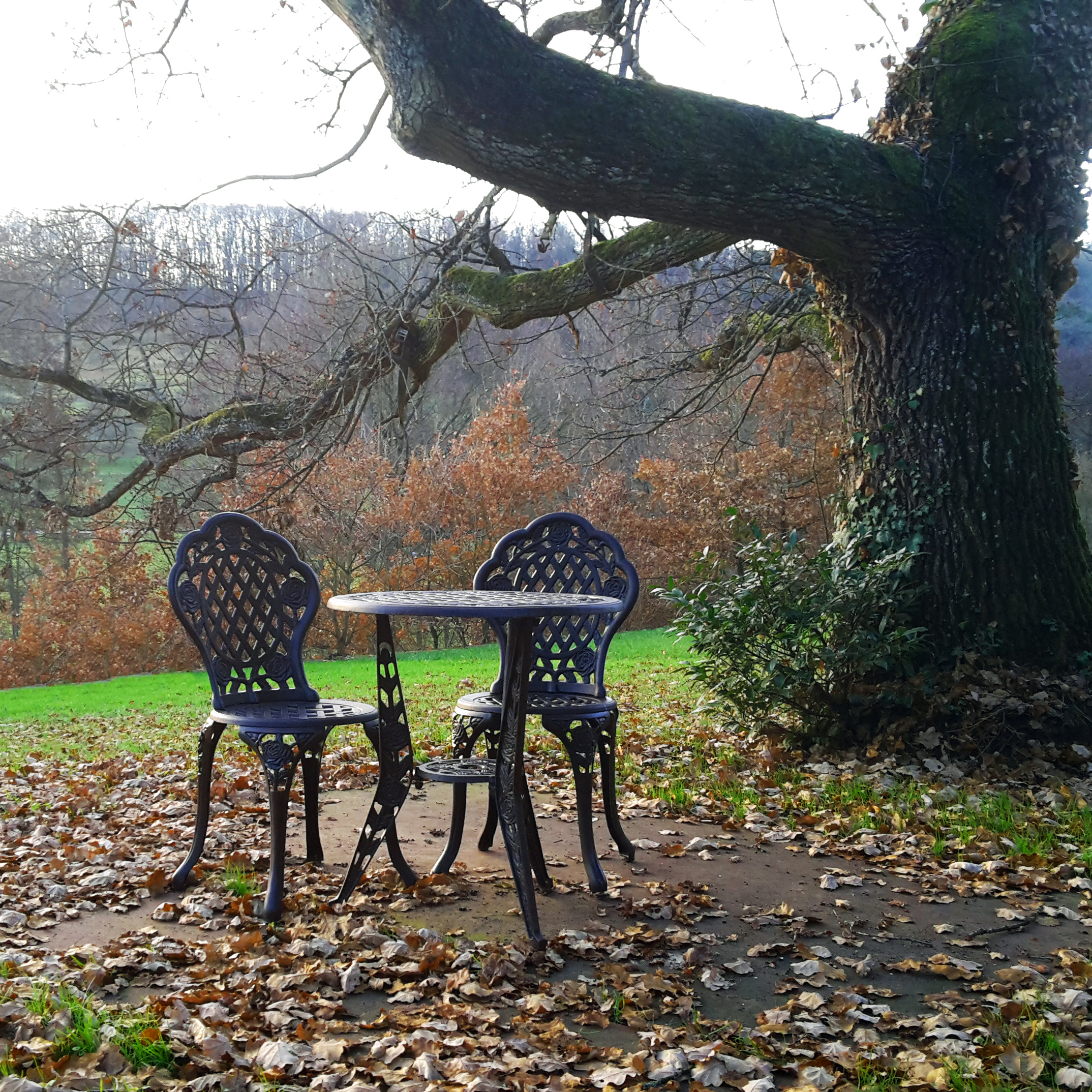
Most trees will grow in a range of conditions but you often find that certain varieties prefer a certain soil type. One of the best ways to see what will thrive in your own garden is to see what’s looking good and flourishing in your neighbour's plots.
However, if you want to play it safe, stick to a native variety as they’re the most resilient to both the climate in the UK and pests and diseases.
What to look for when buying a tree
First things first, only purchase from a reputable source as they should be able to tell you everything you need to know (from planting and maintenance to the amount of space you need, etc).
As a general rule of thumb, we would advise that any tree you purchase should be at least 25% of its fully matured height away from your home. So in other words, if you purchase a variety that will reach say 10 metres when fully matured, then it should be planted at least 2.5 metres away from any structures.
That said, there are even options for those with limited outdoor space with dwarf varieties that will stay under the 2-metre mark perfect for balconies, patios and decks. Most fruit trees are available as dwarf specimens and in my own back garden, I have a Japanese Maple and Magnolia in large fixed railway sleeper-style planters.
In terms of the tree itself, they can be expensive, so there are a few things you need to check before you buy:
- Check the leaves
Are they healthy and the correct colour for the time of year? Don't buy a tree if the leaves are yellowing, brown or dry/limp. You want good foliage colour and leaves that are pliable but firm. Select trees with a straight trunk and branches that are well-spaced and evenly distributed on all sides of a well-developed vertical stem (also known as the leader). - Check the bark and branches
Check the bark for scratches or scars as this could make the tree susceptible to fungus and pests. Stay away from any plants with damaged bark or branches. Healthy branches will be quite flexible for most plant species and should not easily snap and break off. - Check the roots
Some nurseries will allow customers to pull the plant out of the container. In fact, I wouldn't buy it if I couldn't do this. If the plant is root-bound, there will be very little soil left and the roots will be wrapped around in the shape of the pot. Avoid trees that are too big for their container as this is an indication that they could be “pot bound” and they should struggle when transferred to open soil. - Check the soil
A good soil structure can mean the difference between thriving trees and those that could struggle when transferred to your garden too. Closely inspect both the plant and the container to make sure that have no insects, etc and that it has been well fed and watered. A healthy, spread-out root system is a sign of good soil.

Pro Gardeners Tip
The mistake many make is to buy a tree because it looks great in the nursery or garden centre. You need to do a little research on how big it will get, how much water it will need, and if it will get the right amount of sun or shade where you intend to plant it. If in doubt, speak to the staff. A good nursery will always answer any questions you have. Find out if it was grown from seed or propagated from cuttings taken from a mother plant. If buying online, then drop them an email. Only buy from those who can answer our questions and whom you're confident are supplying a quality specimen.
How to plant trees
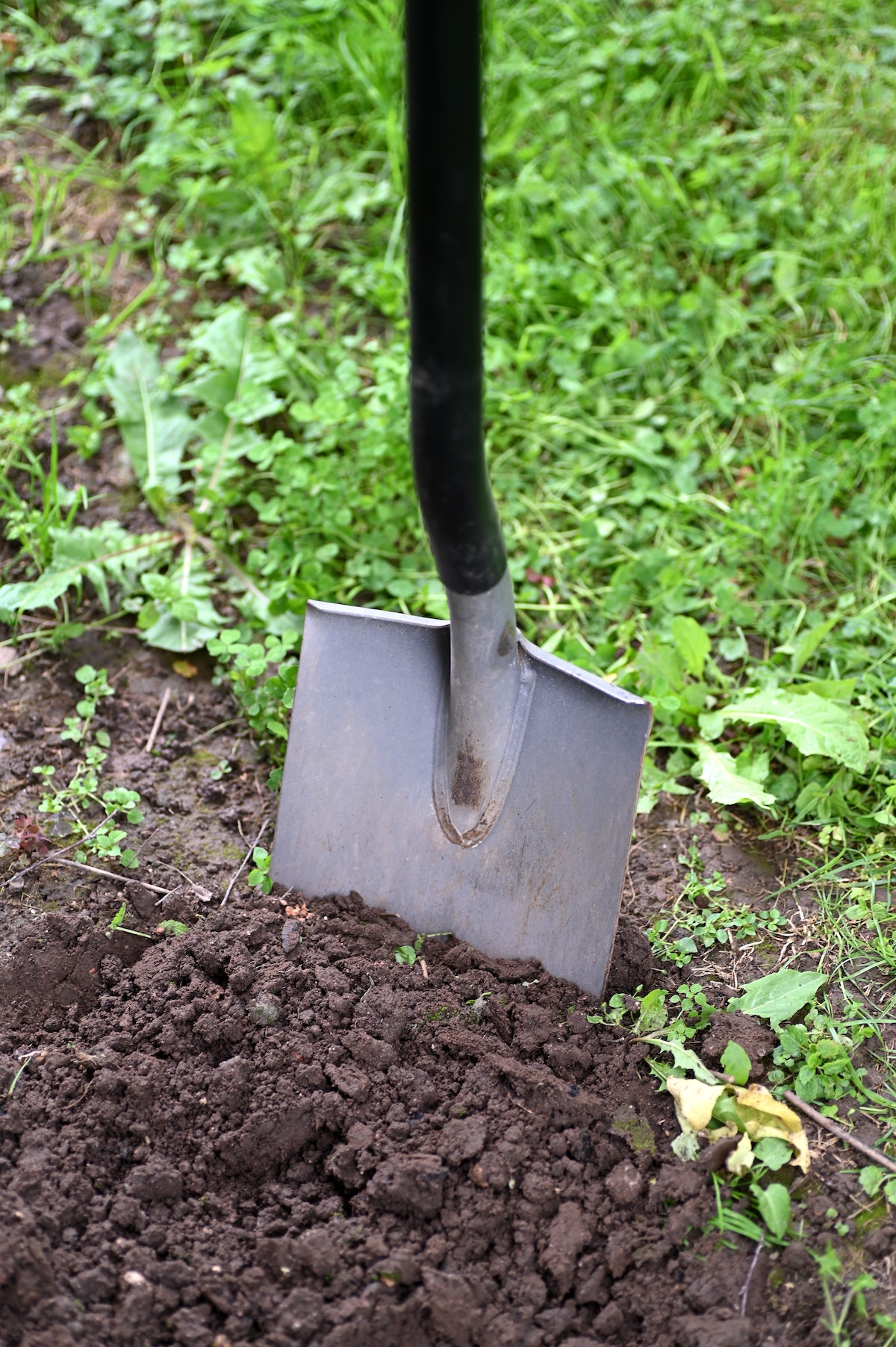
Most trees tend to like an open, sunny spot with good healthy well-draining soil, and to help give them that great start, it is important to get the planting right as mistakes can be tricky to put right.
Our simple 7-step planting process is as follows:
- Dig your hole
You want it at least double the width of the pot it came in or the root structure and the same in depth. Make sure the soil all around the hole is broken up with a fork too so the tender roots can spread out. - Give the roots a good water
Thoroughly soak the roots in water before planting by standing them in a bucket for a few hours. - Loosen the roots
Carefully open the root structure up to encourage them to grow out and into the loose soil. - Place the roots in the hole
You want the point where root meets trunk to be completely level with the surface of your soil. - Fill the hole
Make sure there are no air pockets around the roots and pack the soil firmly with your hands around the trunk so it remains upright on its own. - Give it some support
Young saplings may need a little help/protection from the wind so support them with stakes and suitable ties that will stretch as they grow. - Add a layer of mulch
This will help provide nutrients and protect them when winter arrives and give them another good drink of water.
Lazy Susan’s top 5 trees for the garden
To give you a little further inspiration, the Lazy Susan team have selected our top 5 trees to plant in our gardens for 2023:
1. Japanese Maple Tree
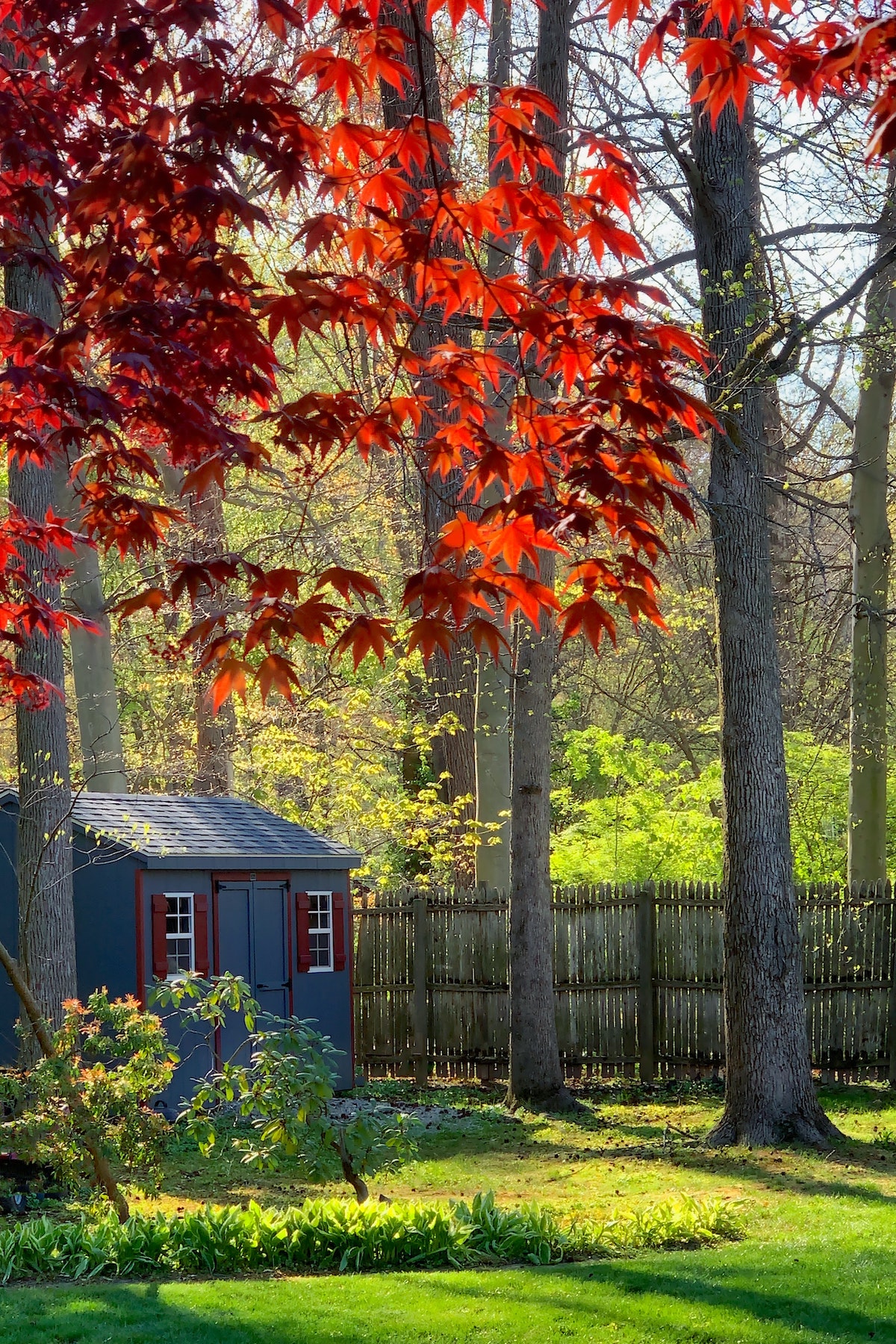
Easy to grow in containers (I have a dwarf variety on my patio) or in the ground, Japanese Maples prefer a more sheltered and shaded spot. They are slow growing and will stay fairly compact but they have the most wonderful foliage.
2. Magnolia Tree
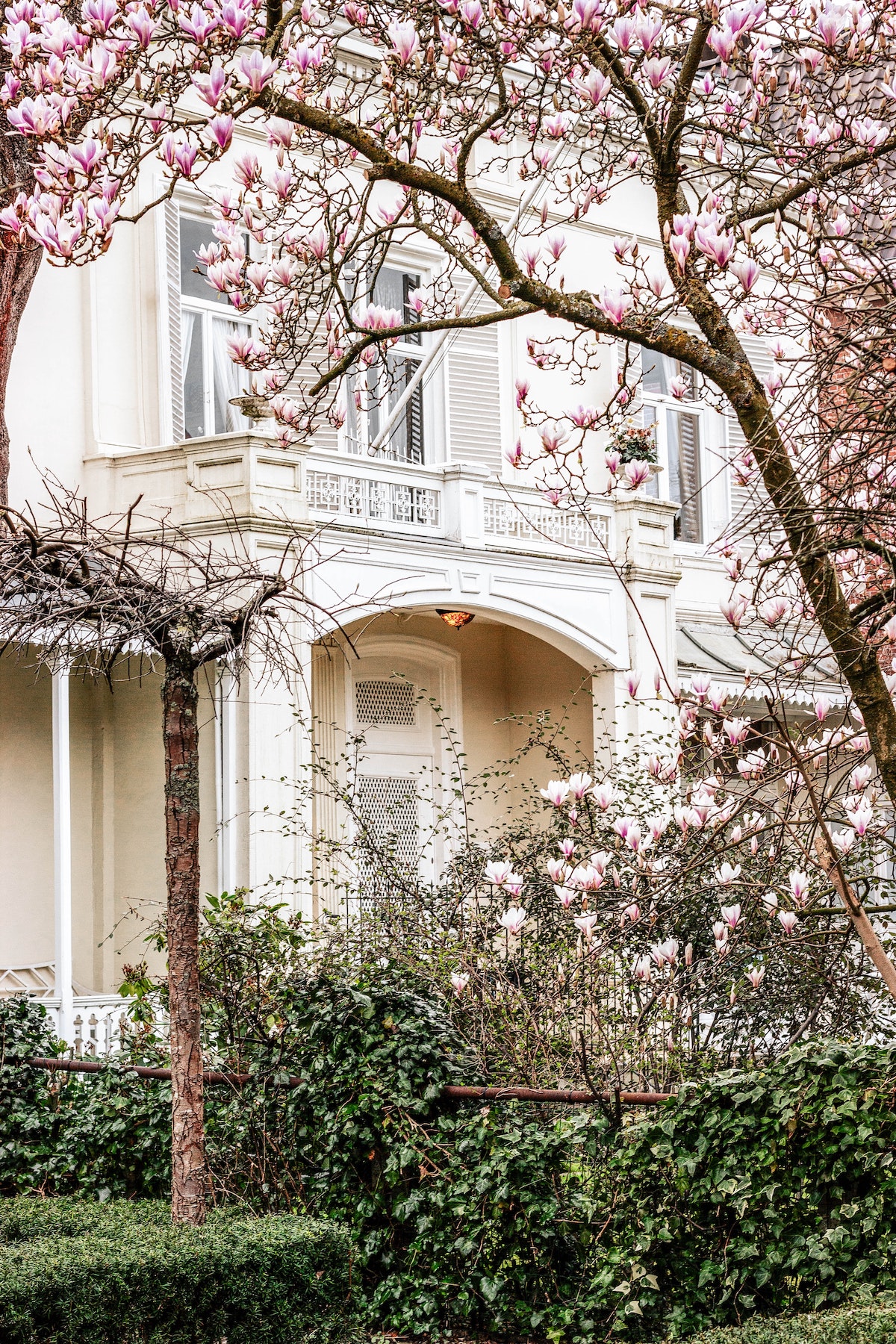
Extremely hardy, they also prefer a sheltered spot with moist well-draining soil. Magnolias have the most incredible large showy flowers in spring and summer which, like cherry blossom, don’t last very long (a few weeks tops) but they are always a highlight in my own garden.
3. Cherry Tree
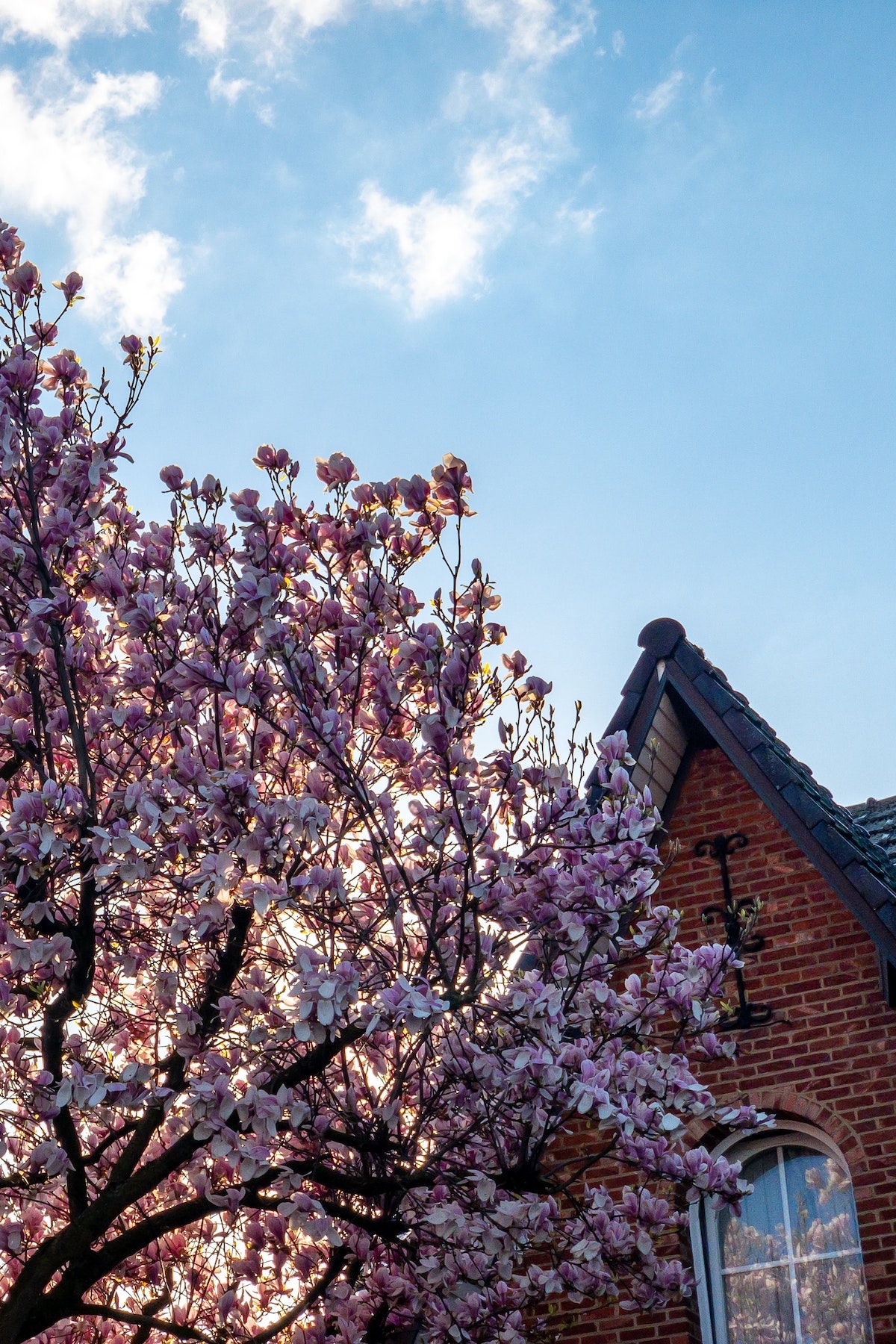
Speaking of cherry blossom, the Cherry Tree also had to be in our top 5 too. They tend to like a sunny but sheltered spot but the varieties that produce edible fruits, such as the Morello, can tolerate a little more shade.
4. Silver Birch Tree
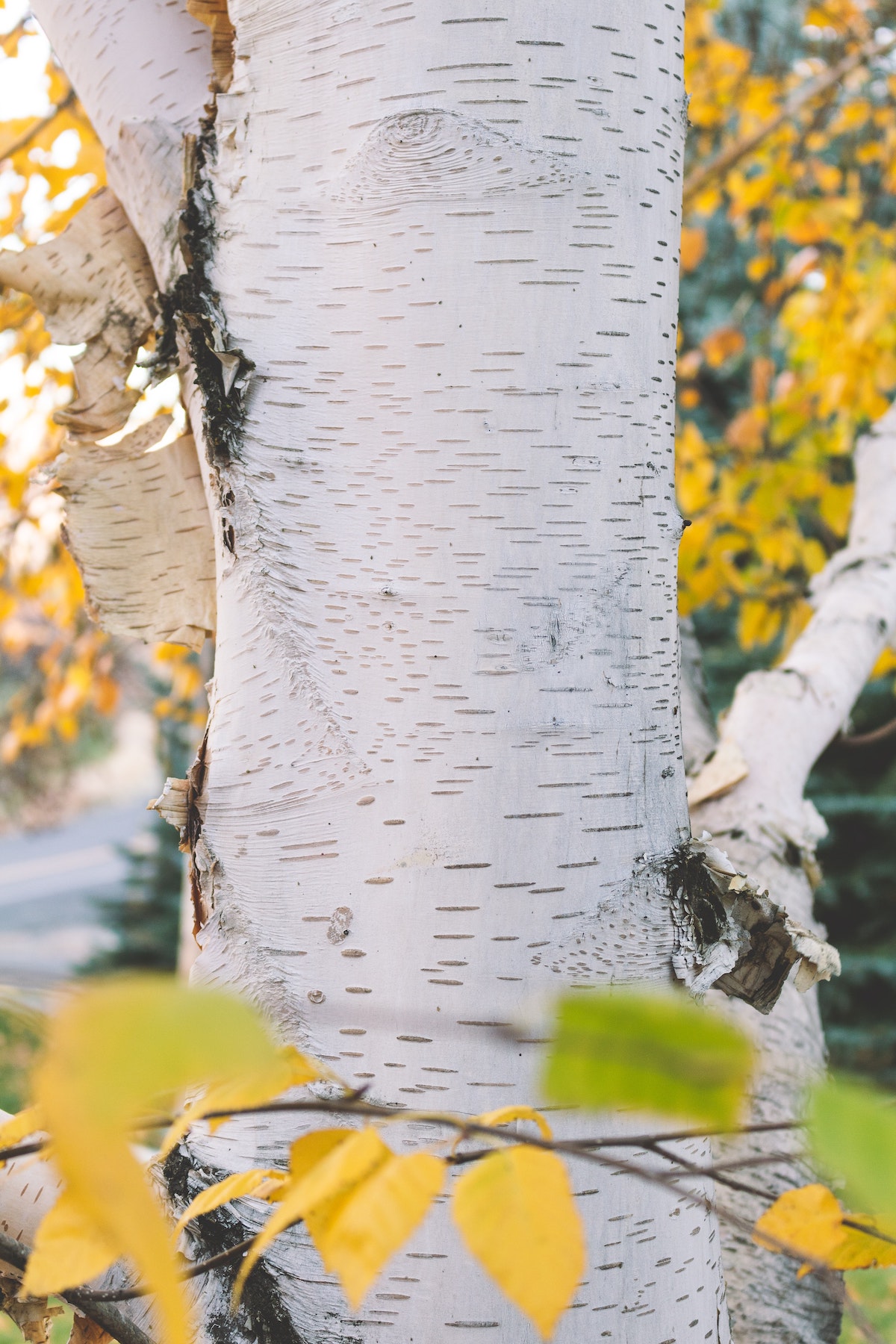
When it comes to the Silver Birch it is all about that striking bark. A deciduous tree, it likes fertile and moist but well-drained soil with full sun or light shade. Of all the trees in our top 5, this is the one that seems most loved by birds.
5. Willow Tree
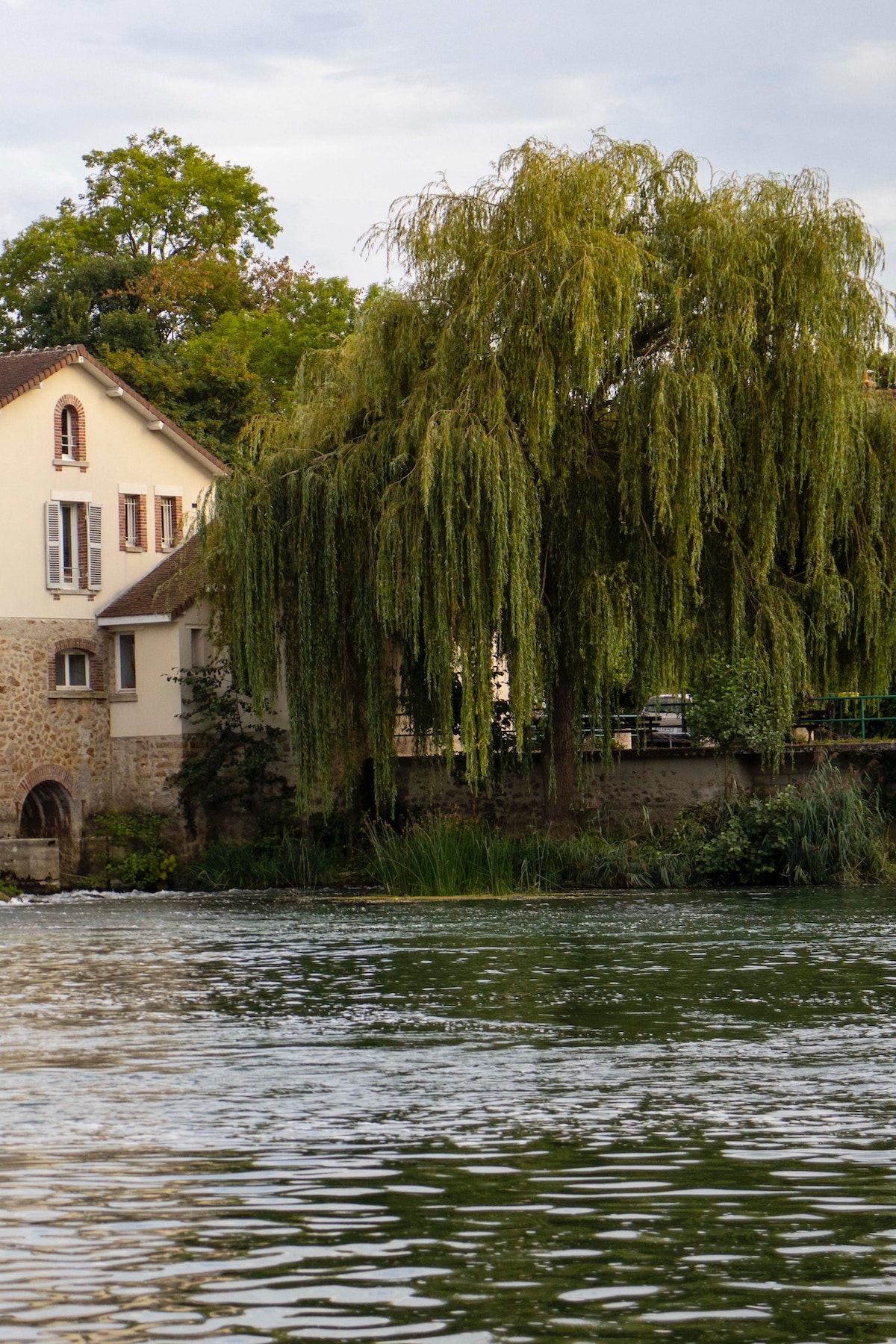
A friend had a large Weeping Willow in their garden when I was growing up and I was always incredibly jealous of it, so this is my pick. They like deep, moist but well-drained soil and full sun. Some varieties like to grow in very damp soil so are great planted near water (as shown in the photo).
If you’ve got any photos of your Lazy Susan garden furniture in situ and next to trees, then we’d love to see a few snaps for our Do Some Good charity campaign.
You can tag us @LazySusanFurniture on Instagram or Facebook or email them to us at [email protected].



